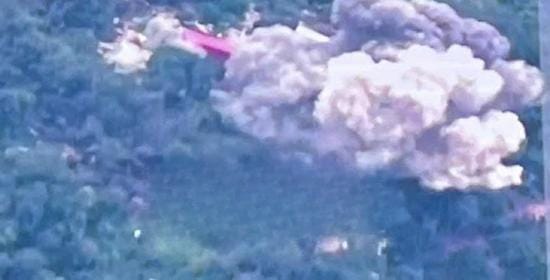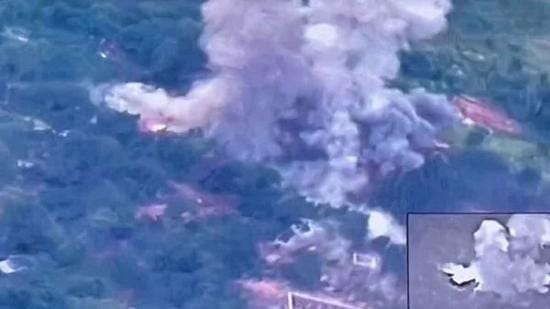Regional Tensions Rise: Thailand Claims More Airstrikes on Cambodia
Thailand claims to have launched a second series of airstrikes on Cambodian military targets, raising regional tensions and prompting international concern over stability in Southeast Asia.

Escalating Skirmishes in Southeast Asia
In a development that's stirring headlines across Southeast Asia, the Thai military announced a second round of airstrikes targeting Cambodian military facilities. On the afternoon of the 24th, Thai F-16 fighter jets flew into action, dropping bombs on multiple strategic sites in Cambodia. The Thai military claims these strikes accurately targeted military installations, asserting a defensive move amid rising border tensions.
Photos released by Thailand depict fighter jets flying over and the aftermath of targeted strikes, fueling international curiosity and concern about stability in the region. Cambodia, however, refutes claims that any military sites were destroyed, labeling the reports as false propaganda used to justify Thailand’s military actions.
Historical Context and Regional Reactions

Border disputes and military skirmishes are not new in this region. Historically, Thailand and Cambodia have experienced confrontations over territory, especially around the border provinces near the temples of Angkor Wat. These recent escalations could revive old tensions or potentially disrupt efforts towards regional peace and dialogue.
Neighboring countries, including Singapore, Malaysia, and Indonesia, are watching closely. While some call for restraint, others emphasize the importance of diplomatic solutions and regional stability. ASEAN, the regional bloc, has historically aimed for peaceful resolution, but recent events test this consensus.
What’s Next for ASEAN and Southeast Asia?
It remains to be seen whether these military actions will escalate further or be contained through diplomatic channels. ASEAN’s role as a neutral mediator is crucial—interventions and statements so far suggest a cautious approach aimed at de-escalation. For Singapore, with its long-standing position on regional peace, the focus will remain on encouraging dialogue and stability.

As an observer, it’s important to keep a balanced perspective—acknowledging the complex history and bilateral issues at play while advocating for peaceful resolutions. Southeast Asia’s future depends on diplomacy, mutual understanding, and a collective effort to prevent conflicts from spiraling out of control.




